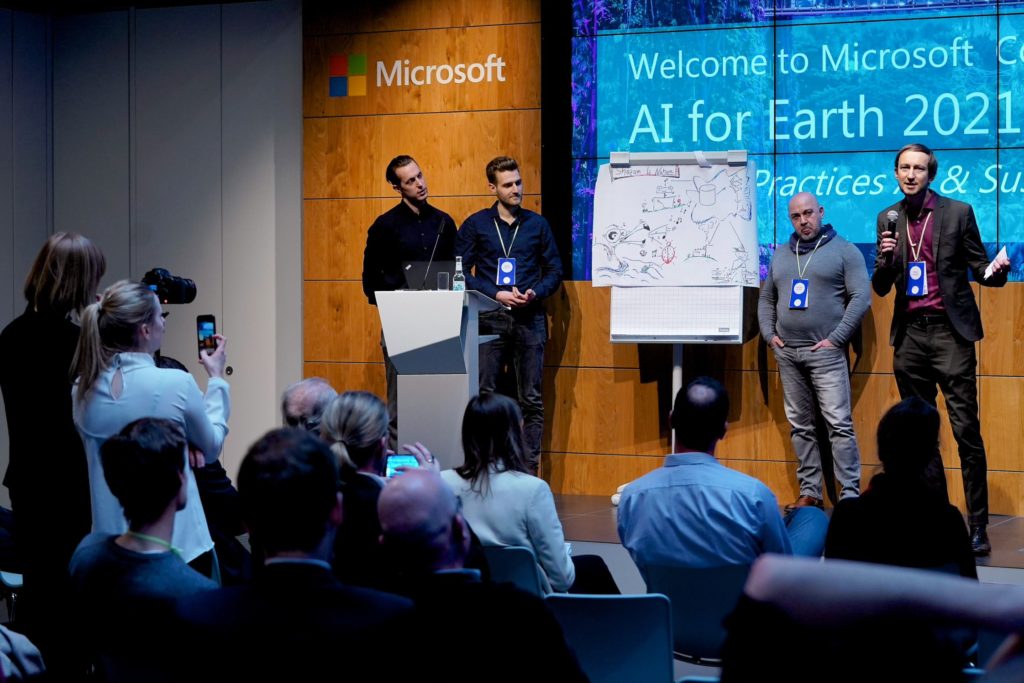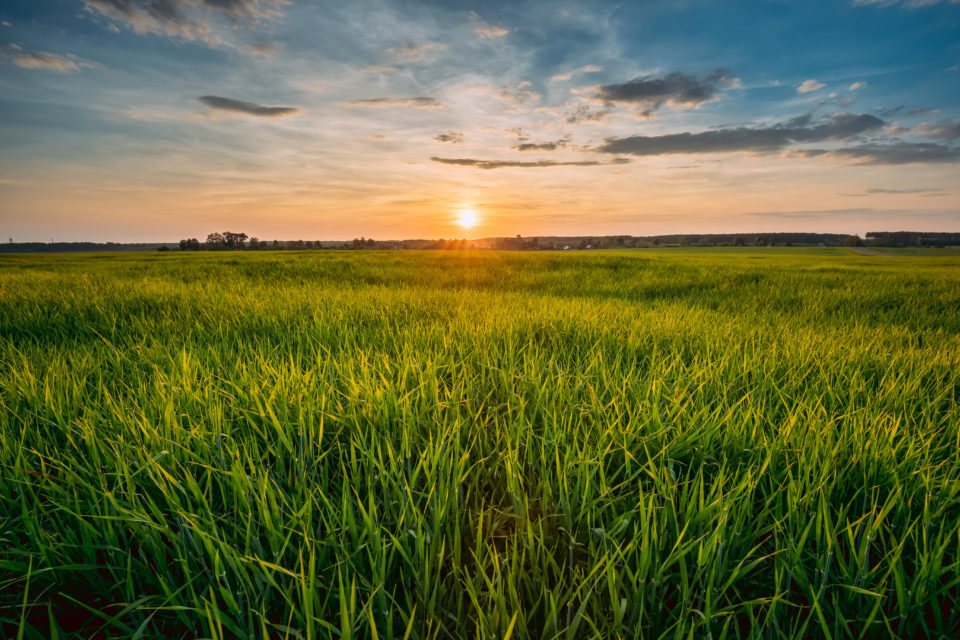As part of our AI for Earth commitment, Microsoft supports five projects from Germany in the areas of environmental protection, biodiversity and sustainability. In the next few weeks, we will introduce the project teams and their innovative ideas that made the leap into our global programme and group of AI for Earth grantees.
Our whole biosphere is massively threatened. According to a new report by the World Biodiversity Council (IPBES), one million species are threatened with extinction in the coming years and decades. At the same time, the diversity of ecosystems is shrinking faster and faster. We need to act urgently.
Despite the urgency, we are still learning about the most effective ways to save and protect biodiversity. One reason for this is the sensitivity of flora and fauna systems, which are extremely complex and closely interlinked. In addition, there is also a lack of reliable knowledge about existing populations. This is where the project Shazam4Nature – which was created at the EarthLab by Microsoft Berlin and Fraunhofer CeRRI – comes into play.
Felix Govaers, mathematician and researcher at Fraunhofer FKIE, is already working for AMMOD – a form of ‘weather station for biodiversity’. “It´s a great thing,” says Govaers, “but quite time-consuming and expensive.” His goal was to find out if a similar system could not be made smaller and less expensive, with, in his words, “technology from the supermarket,” making the solution suitable for widespread use.
With this idea, Govaers traveled to the EarthLab and immediately found supporting fellows: Tobias Ludes, an expert on sustainability, David Gackstetter, environmental engineer, and the data specialist Bülent Caliskan. Together they managed to develop a full concept in only two days, which they called Shazam4Nature – an acoustic biodiversity monitoring system that captures and records animal sounds through sensitive microphones, and evaluates the acoustic signals using artificial intelligence (AI) in the Azure cloud.

In arable land, for example, the system can pick up the sounds of insects and present an estimate of existing populations. Over a longer period, it could also measure on-site, how certain influencing factors (such as pesticide or fertilizer use, seed selection, road construction or brownfields) have an influencing effect. This is not only interesting for scientists or environmentalists, but also for the agriculture and food industry. Govaers believes that “If companies can prove that they are successfully protecting species, this is also a marketing argument”.
Immediately after the EarthLab, Govaers and his team applied for the AI for Earth program, and were accepted just a few weeks later. The necessary hardware, such as low-cost acoustic sensors, has already been ordered. The next step will be to dive deeper into Microsoft´s technology in order to take full advantage of the infrastructure provided by AI for Earth.
In addition, the project will soon receive further support in the area of machine learning from the University of Bonn. Masters students will train an AI solution using freely available training data to assign the acoustic signals that the sensors receive to specific animal species. If everything goes well, the first prototype of Shazam4Nature will be released this year.
AI for Earth
The AI for Earth program helps researchers and organizations to use artificial intelligence to develop new approaches to protect water, agriculture, biodiversity and the climate. Over the next five years, Microsoft will invest $ 50 million in “AI for Earth.” To become part of the “AI for Earth” program, developers, researchers and organizations can apply with their idea for a so-called “Grant”. If you manage to convince the jury of Microsoft representatives, you´ll receive financial and technological support and also benefit from knowledge transfer and contacts within the global AI for Earth network. As part of Microsoft Berlin´s EarthLab and beyond, five ideas have been convincing and will be part of our “AI for Earth” program in the future in order to further promote their environmental innovations.
At #DigitalFuerAlle you can continue to follow the development of the projects and our #AIforEarth initiative.
Would you also like to apply for a grant from the “AI for Earth” initiative?




